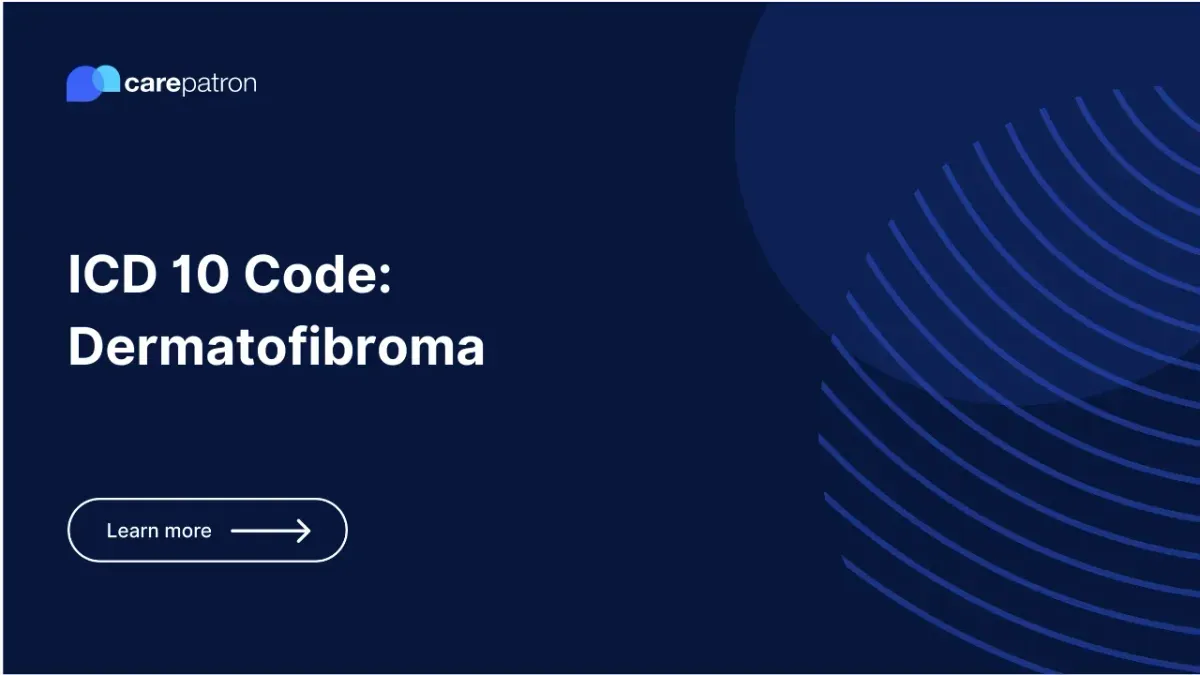
Dermatofibroma ICD-10-CM Codes
Discover the ICD-10-CM codes for Dermatofibroma in 2023. Learn about billable codes, clinical descriptions, synonyms, and more in this comprehensive guide.
Use Code
Commonly asked questions
Dermatofibromas are typically benign and do not turn into cancer. They are considered harmless skin growths.
In most cases, dermatofibromas do not require treatment unless they cause discomfort or are of cosmetic concern.
Dermatofibromas can be surgically removed, usually for diagnostic purposes or cosmetic reasons.
EHR and practice management software
Get started for free
*No credit card required
Free
$0/usd
Unlimited clients
Telehealth
1GB of storage
Client portal text
Automated billing and online payments
